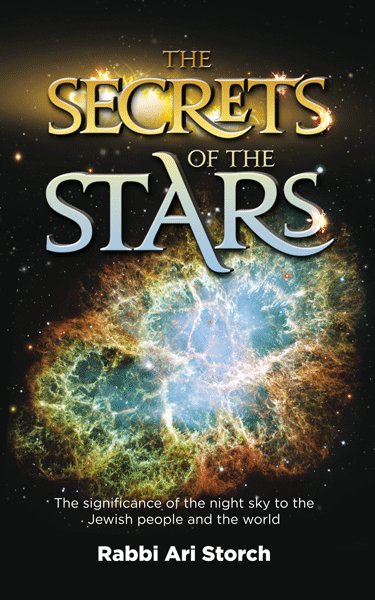Rashi on 19:24 notes that the destruction of Sedom happened at day break, when the sun and moon were in the sky at the same time. This was because they used to worship the sun and moon. HaShem therefore brought the destruction when both were out as a proof to all the sun and moon worshipers that the sun and moon are powerless. Had the destruction taken place when they were not in the sky, one could have argued that they were not "there" to save them. This is a rather simple statement by Rashi but the astronomical basis for it is quite interesting.
It is not always that the sun and moon are out together at day break. It is also not always that it is the only time that they are out together. The moon rises and sets approximately 49 minutes later each day. This is a result of the moon orbiting the earth. Just as the moon's position is reset at the end of every month, so are its rising and setting times. (The math is as follows: Every full moon cycle (month), moonrise and moonset make a full circle of 24 hours such that the times are as they were precisely one month previous. The figure of 49 minutes is achieved by dividing 24 hours by the duration of the lunar cycle, 29.5 days, 44 minutes, 3 and a third seconds. More precisely, the figure is 48 minutes, 45.5 seconds.)
At the beginning of the month, the moon follows a very similar schedule to the sun. The moon rises at the beginning of the day and sets at sundown. As the month progresses, the moon rises and sets later and later. At the middle of the month, the moon has virtually the opposite schedule to the sun. It rises when the sun sets and sets when the sun rises. As we enter the second half of the month, the moon begins to rise later in the night and thus, becomes visible at the beginning of the day.
The Midrash (Bereishis Rabba 50) teaches that Sedom was destroyed on the 16th of Nissan. As explained above, at that time of the month, the moon would have risen shortly after sunset and set very shortly after sunrise. Therefore, the only time in the entire day that both the sun and moon were out at the same time was very early in the morning and that is why the destruction took place specifically at the very beginning of the day. [Nevertheless, it is puzzling that Rashi uses the term "Alos HaShachar" which refers to a time before sunrise.]


1 comment:
Perhaps, Rashi really does mean Amud HaShachar. The Yerushalmi (Berachos 1) asks why we treat the twilight period in the morning as daytime and this is not true for the evening twilight. One of the answers is that when the king (referencing the sun, in this case) is coming we refer to him as being present even prior to his actual arrival. In this regard, one can, and would say, the sun is up, even though it is only after first light and the sun is still below the horizon.
Post a Comment